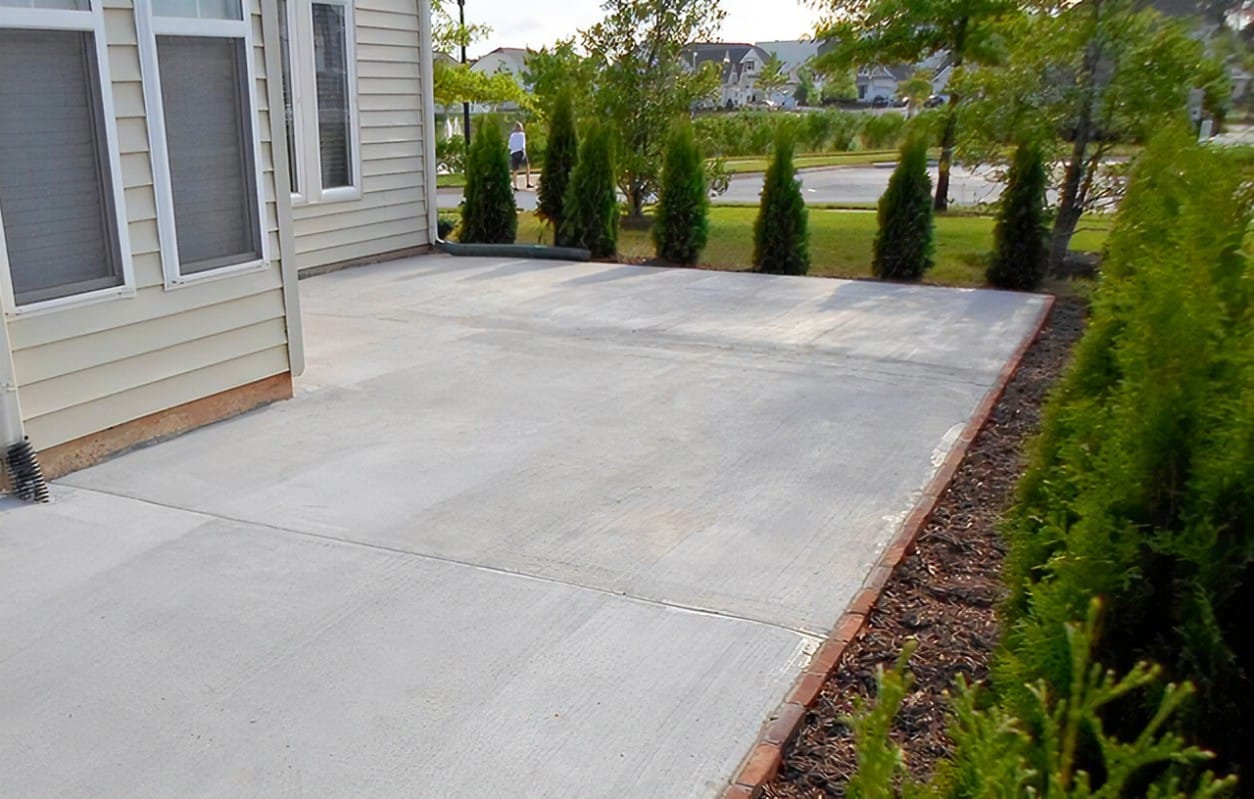How To Give Any Shape To Concrete In El Cajon?

- The foundation of shaping concrete lies in the design of the formwork. Formwork serves as a mold that defines the shape and dimensions of the concrete structure. It is crucial to plan and construct formwork accurately to achieve the desired outcome. Start by creating detailed plans that include measurements, angles, and any intricate designs you wish to incorporate. Make sure your formwork is sturdy and well-supported, as any weakness in the structure can lead to misshapen or uneven concrete surfaces. Use quality materials such as plywood or steel, and ensure that the formwork is properly braced and anchored. Double-check that the formwork is level and plumb to avoid irregularities in your concrete shape.
- The type of concrete mix you use plays a significant role in shaping the final product. Different projects may require varying concrete mixtures based on factors such as strength, durability, and workability. Consult with a concrete supplier or a professional to determine the appropriate mix for your specific application. Incorporate additives or admixtures if needed, as they can enhance the workability and curing properties of the concrete. For intricate shapes or detailed designs, consider using self-consolidating concrete (SCC), which flows easily and fills forms without the need for excessive vibration.
- When pouring the concrete, it’s essential to distribute it evenly within the formwork to prevent voids or inconsistencies. Use a concrete vibrator to help eliminate air bubbles and ensure proper compaction. For complex shapes, consider using a pump to deliver concrete precisely where it’s needed. Take your time when pouring and compacting the concrete, and avoid overworking it, which can lead to segregation and surface imperfections. Be mindful of the weather conditions, as temperature and humidity can affect the setting time and workability of the concrete.
- If you want to add texture or patterns to your concrete shapes, consider using release agents and form liners. Release agents prevent the concrete from sticking to the formwork, making it easier to remove once it has cured. Form liners, on the other hand, create intricate textures or designs on the concrete surface, giving it a unique appearance. Choose release agents and form liners that are compatible with your chosen concrete mix and formwork materials. Proper application and attention to detail will ensure that your concrete takes on the desired shape and texture effectively.
- Once the concrete has been placed and shaped, proper curing is essential to ensure its strength and durability. Use curing compounds or cover the concrete with wet burlap, plastic sheeting, or curing blankets to prevent moisture loss and promote even hydration. After curing, consider finishing techniques such as polishing, staining, or sealing to enhance the appearance and longevity of your concrete shapes. These finishing touches can add a layer of protection and aesthetic appeal to your project.
FAQs
Can I Shape Concrete Without Using Formwork?
While formwork is the most common method for shaping concrete, you can use other techniques such as slipforming, where the concrete is continuously poured and moved into position, or shotcreting, which involves spraying concrete onto a surface to create shapes.
How Can I Repair Misshapen Concrete?
If your concrete has not taken the desired shape, you can try using form liners or decorative overlays to cover imperfections. Alternatively, consult a concrete professional for guidance on repair options.
Are There Limitations To The Shapes I Can Create With Concrete?
While concrete is highly versatile, complex and intricate shapes may require specialized techniques and expertise. Consulting with a professional or concrete expert can help you determine the feasibility of your desired shape.
Conclusion
Concrete’s ability to take on various shapes makes it a valuable material in the world of construction and design. By following these five essential tips, you can ensure that your concrete projects, whether big or small, achieve the desired shape effectively. Proper planning, the right mix, meticulous pouring, and finishing techniques will all contribute to the success of your concrete shaping endeavors. Experiment with different methods, and don’t hesitate to seek advice from experts to bring your concrete visions to life. For more information, contact Concrete Contractor El Cajon at (619) 473-4433.